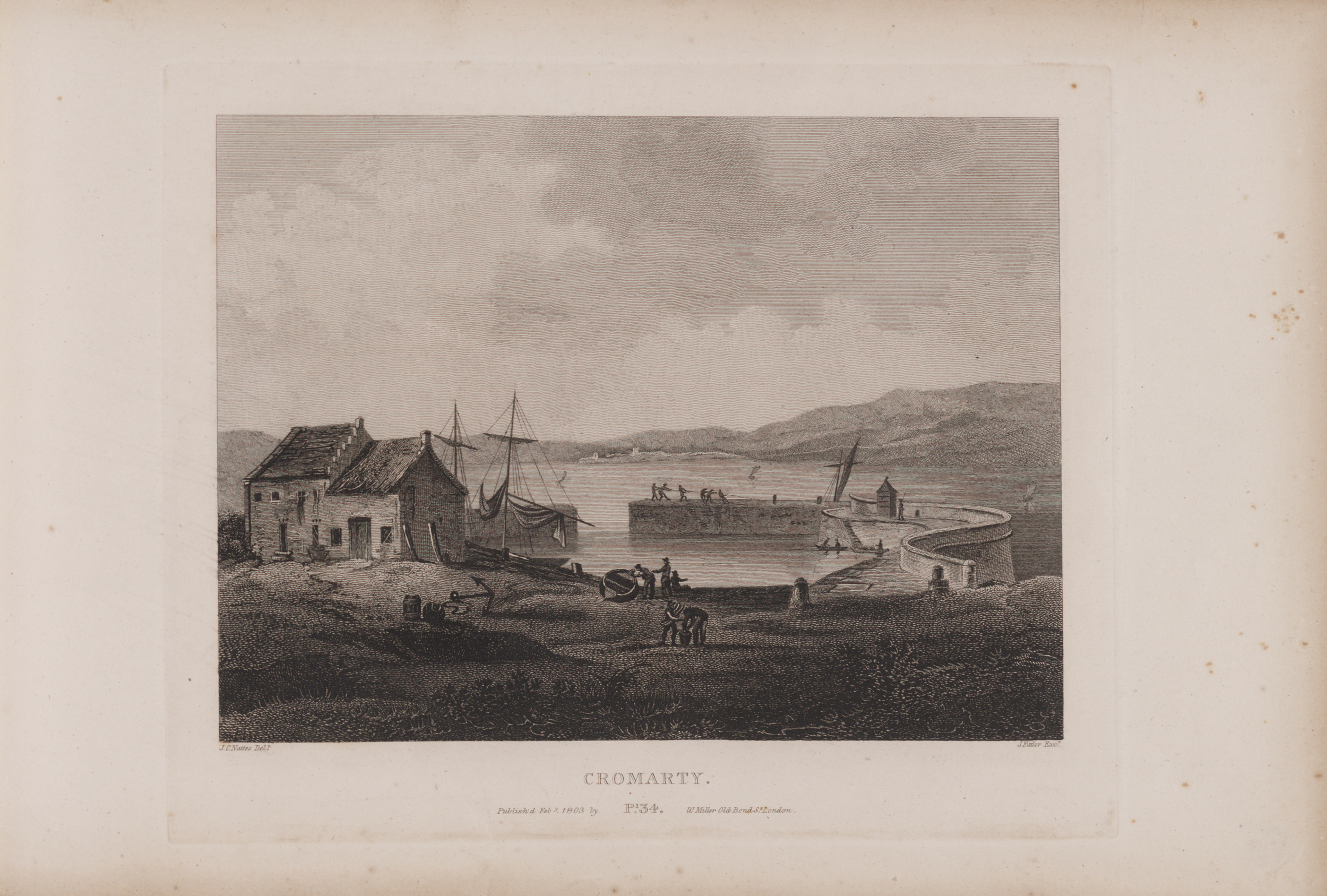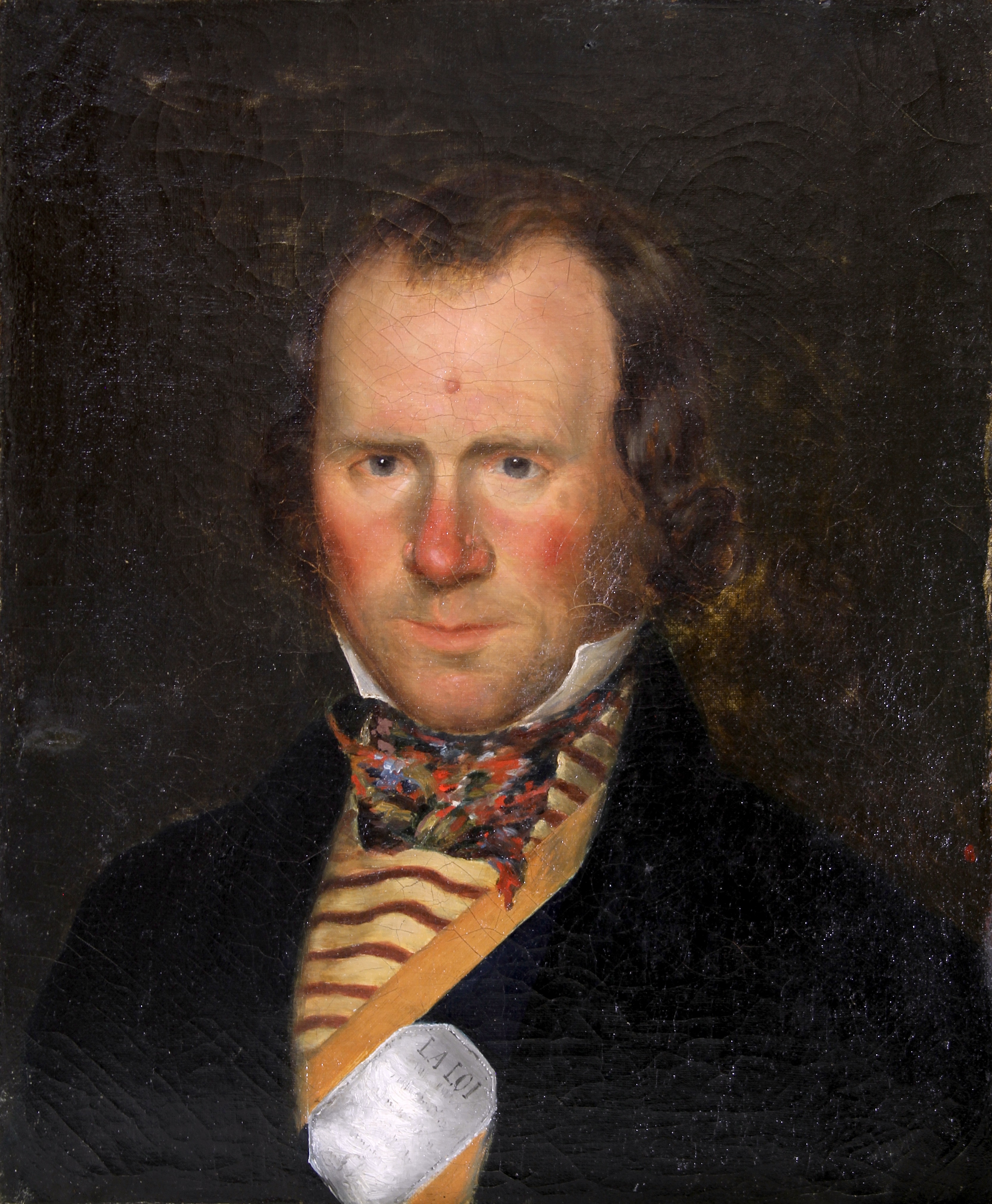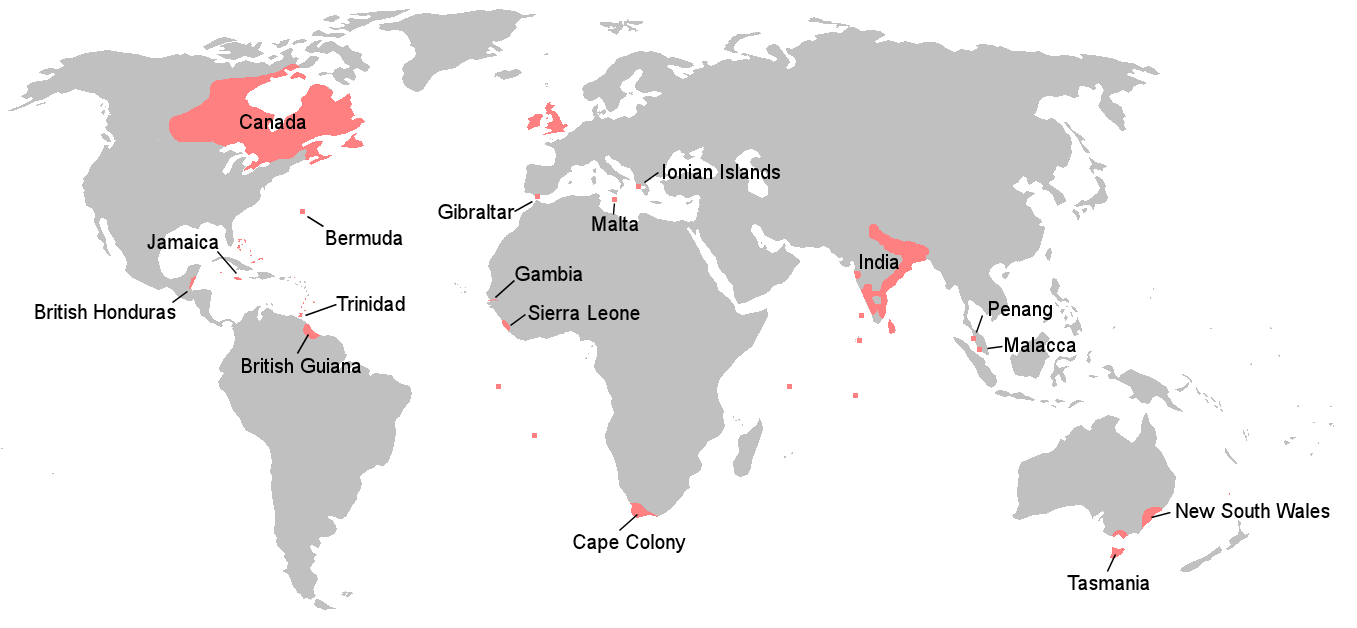|
David Urquhart
David Urquhart Jr. (1 July 180516 May 1877) was a Scottish diplomat, writer and politician, serving as a Member of Parliament from 1847 to 1852. He also was an early promotor of the Turkish bath in the United Kingdom. Early life Urquhart was born at Braelangwell, Cromarty, Scotland. He was the second son of Margaret Hunter and David Urquhart. His father died while he was a boy. Urquhart was educated, under the supervision of his widowed mother in France, Switzerland, and Spain. Jeremy Bentham assisted with Urquhart's education. He returned to Britain in 1821 and spent a gap year learning to farm and working at the Royal Arsenal, Woolwich. In 1822, he attended St John's College, Oxford. However, he left before completing college because of his poor health and, instead traveled to eastern Europe. He never completed his classics degree as his mother's finances failed. Career Greece and Turkey In 1827, Urquhart joined the nationalist cause and fought in the Greek War of Independ ... [...More Info...] [...Related Items...] OR: [Wikipedia] [Google] [Baidu] |
Cromarty
Cromarty (; gd, Cromba, ) is a town, civil parishes in Scotland, civil parish and former royal burgh in Ross and Cromarty, in the Highland (council area), Highland area of Scotland. Situated at the tip of the Black Isle on the southern shore of the mouth of Cromarty Firth, it is seaward from Invergordon on the opposite coast. In the 2001 census, it had a population of 719. History The name ''Cromarty'' variously derives from the Gaelic ''crom'' (crooked), and from ''bati'' (bay), or from ''àrd'' (height), meaning either the "crooked bay", or the "bend between the heights" (referring to the high rocks, or Sutors, which guard the entrance to the Firth), and gave the title to the Earldom of Cromartie. In 1264, its name was ''Crumbathyn''. Cromarty is a sea port, and its economy was closely linked to the sea for most of its history. Fishing was the major industry, with salmon stations around the surrounding coast, and boats going out to catch herring. Other trade was also by boa ... [...More Info...] [...Related Items...] OR: [Wikipedia] [Google] [Baidu] |
Kingdom Of Greece (Wittelsbach)
The Kingdom of Greece ( grc, label=Greek, Βασίλειον τῆς Ἑλλάδος ) was established in 1832 and was the successor state to the First Hellenic Republic. It was internationally recognised by the Treaty of Constantinople, where Greece also secured its full independence from the Ottoman Empire after nearly four centuries. The Kingdom of Greece was dissolved in 1924 and the Second Hellenic Republic was established following Greece's defeat by Turkey in the Asia Minor Campaign. A military ''coup d'état'' restored the monarchy in 1935 and Greece became a Kingdom again until 1973. The Kingdom was finally dissolved in the aftermath of a seven-year military dictatorship (1967–1974) and the Third Hellenic Republic was established following a referendum held in 1974. Background The Greek-speaking Eastern Roman Empire, also known as Byzantine Empire, which ruled most of the Eastern Mediterranean region for over 1100 years, had been fatally weakened since the sa ... [...More Info...] [...Related Items...] OR: [Wikipedia] [Google] [Baidu] |
Flag Of Adygea
The Circassian flag (or the Flag of Adygea) is the national flag of the Circassians. It consists of a green field charged with twelve gold stars, nine forming an arc resembling a bow and three horizontal, also charged with three crossed arrows in the center. Seferbiy Zaneqo, a Circassian diplomat, is the designer of the flag. Every year, April 25 is celebrated as the Circassian flag day by Circassians. Info Symbolism and meaning The green represents nature and Islam. The golden colour represents a bright future in peace and the plentiful harvest of grain and wheat. There are twelve stars, representing the twelve provinces of Circassia. There are three arrows, a reference to Adyghe Xabze in which they would mean "peace if you are my friend, war if you attack me". History and usage Creation of the flag An invasion of Circassia by Russia started in 1763, and since then, the Circassians have been fighting the Russo-Circassian War in defense of their territory. The Tre ... [...More Info...] [...Related Items...] OR: [Wikipedia] [Google] [Baidu] |
Circassians In Turkey
Circassians in Turkey ( East Circassian and West Circassian: Тыркуем ис Адыгэхэр, ''Tırkuyem yis Adıgəxər''; tr, Türkiye Çerkesleri) refers to people born in or residing in Turkey who are of Circassian origin. The Circassians are one of the largest ethnic minorities in Turkey, with a population estimated to be two million, or according to the EU reports, three. Circassians are a Caucasian people, and although the Circassians in Turkey were assimilated to some degree, a portion of the diaspora still speaks their native Circassian languages as it is still spoken in many Circassian villages, and the group that preserved their language the best are the Kabardians.Papşu, Murat (2003)Çerkes dillerine genel bir bakış Kafkasya ve Türkiye. Nart Dergisi, Mart-Nisan 2003, Sayı:35 With the rise of Circassian nationalism in the 21st century, Circassians in Turkey, especially the young, have started to study and learn their language. The Circassians in Turk ... [...More Info...] [...Related Items...] OR: [Wikipedia] [Google] [Baidu] |
Circassia
Circassia (; also known as Cherkessia in some sources; ady, Адыгэ Хэку, Адыгей, lit=, translit=Adıgə Xəku, Adıgey; ; ota, چرکسستان, Çerkezistan; ) was a country and a historical region in the along the northeast shore of the Black Sea. It was conquered and occupied by Russia during the Russian-Circassian War (1763–1864). 90% of the Circassian people were either exiled from the region or massacred in the Circassian genocide. The Circassians also dominated the north of the Kuban river in the early medieval and ancient times, but with the raids of the Mongol Empire, Golden Horde and the Crimean Khanate, they were withdrawn south of the Kuban, from the Taman Peninsula to North Ossetia. During the Medieval Era, Circassian lords subjugated and vassalized the neighboring Karachay-Balkars and Ossetians. The term Circassia is also used as the collective name of Circassian states established on Circassian territory. Legally and internationally, the T ... [...More Info...] [...Related Items...] OR: [Wikipedia] [Google] [Baidu] |
Mission Of The Vixen
The mission of the ''Vixen'' was a conflict between the Russian Empire and the United Kingdom that occurred in 1836. Russian background Under the treaty of Adrianople, the Russian Empire had been granted the East coast of the Black Sea by the Ottoman Empire. However, Russia did not have complete control over these territories (the Circassian Coast) from Anapa in the north to Sochi in the south. The "mountaineers" (the Circassian dyghepeople) resisted the Russian authorities and did not admit Russian Control over their country Circassia, because Circassia was not part of the Ottoman Empire and the relations between Circassia and the Ottoman Empire were mainly on commercial and religious matters. The mountaineers (Adyghe) were supported by English, French and the Polish immigrants. They were supplied with weapons and ammunition from abroad. On March 4, 1832, an instruction for the Black Sea cruisers was published in attempt to stop these deliveries. It said: For preservation o ... [...More Info...] [...Related Items...] OR: [Wikipedia] [Google] [Baidu] |
Constantinople
la, Constantinopolis ota, قسطنطينيه , alternate_name = Byzantion (earlier Greek name), Nova Roma ("New Rome"), Miklagard/Miklagarth ( Old Norse), Tsargrad ( Slavic), Qustantiniya (Arabic), Basileuousa ("Queen of Cities"), Megalopolis ("the Great City"), Πόλις ("the City"), Kostantiniyye or Konstantinopolis (Turkish) , image = Byzantine Constantinople-en.png , alt = , caption = Map of Constantinople in the Byzantine period, corresponding to the modern-day Fatih district of Istanbul , map_type = Istanbul#Turkey Marmara#Turkey , map_alt = A map of Byzantine Istanbul. , map_size = 275 , map_caption = Constantinople was founded on the former site of the Greek colony of Byzantion, which today is known as Istanbul in Turkey. , coordinates = , location = Fatih, İstanbul, Turkey , region = Marmara Region , type = Imperial city , part_of = , length = , width ... [...More Info...] [...Related Items...] OR: [Wikipedia] [Google] [Baidu] |
Flag Of Adygea
The Circassian flag (or the Flag of Adygea) is the national flag of the Circassians. It consists of a green field charged with twelve gold stars, nine forming an arc resembling a bow and three horizontal, also charged with three crossed arrows in the center. Seferbiy Zaneqo, a Circassian diplomat, is the designer of the flag. Every year, April 25 is celebrated as the Circassian flag day by Circassians. Info Symbolism and meaning The green represents nature and Islam. The golden colour represents a bright future in peace and the plentiful harvest of grain and wheat. There are twelve stars, representing the twelve provinces of Circassia. There are three arrows, a reference to Adyghe Xabze in which they would mean "peace if you are my friend, war if you attack me". History and usage Creation of the flag An invasion of Circassia by Russia started in 1763, and since then, the Circassians have been fighting the Russo-Circassian War in defense of their territory. The Tre ... [...More Info...] [...Related Items...] OR: [Wikipedia] [Google] [Baidu] |
Richard Cobden
Richard Cobden (3 June 1804 – 2 April 1865) was an English Radical and Liberal politician, manufacturer, and a campaigner for free trade and peace. He was associated with the Anti-Corn Law League and the Cobden–Chevalier Treaty. As a young man, Cobden was a successful commercial traveller who became co-owner of a highly profitable calico printing factory in Sabden but lived in Manchester, a city with which he would become strongly identified. However, he soon found himself more engaged in politics, and his travels convinced him of the virtues of free trade (anti-protection) as the key to better international relations. In 1838, he and John Bright founded the Anti-Corn Law League, aimed at abolishing the unpopular Corn Laws, which protected landowners' interests by levying taxes on imported wheat, thus raising the price of bread. As a Member of Parliament from 1841, he fought against opposition from the Peel ministry, and abolition was achieved in 1846. Another free ... [...More Info...] [...Related Items...] OR: [Wikipedia] [Google] [Baidu] |
Henry John Temple, 3rd Viscount Palmerston
Henry John Temple, 3rd Viscount Palmerston, (20 October 1784 – 18 October 1865) was a British statesman who was twice Prime Minister of the United Kingdom in the mid-19th century. Palmerston dominated British foreign policy during the period 1830 to 1865, when Britain stood at the height of its imperial power. He held office almost continuously from 1807 until his death in 1865. He began his parliamentary career as a Tory, defected to the Whigs in 1830, and became the first prime minister from the newly formed Liberal Party in 1859. He was highly popular with the British public. David Brown argues that "an important part of Palmerston's appeal lay in his dynamism and vigour". Henry Temple succeeded to his father's Irish peerage (which did not entitle him to a seat in the House of Lords, leaving him eligible to sit in the House of Commons) as the 3rd Viscount Palmerston in 1802. He became a Tory MP in 1807. From 1809 to 1828 he served as Secretary at War, organising t ... [...More Info...] [...Related Items...] OR: [Wikipedia] [Google] [Baidu] |
Muhammad Ali Of Egypt
Muhammad Ali Pasha al-Mas'ud ibn Agha, also known as Muhammad Ali of Egypt and the Sudan ( sq, Mehmet Ali Pasha, ar, محمد علي باشا, ; ota, محمد علی پاشا المسعود بن آغا; ; 4 March 1769 – 2 August 1849), was the Albanian Ottoman governor and de facto ruler of Egypt from 1805 to 1848, considered the founder of modern Egypt. At the height of his rule, he controlled all of Egypt, Sudan, Hejaz and the Levant. He was a military commander in an Albanian Ottoman force sent to recover Egypt from a French occupation under Napoleon. Following Napoleon's withdrawal, Muhammad Ali rose to power through a series of political maneuvers, and in 1805 he was named '' Wāli'' (viceroy) of Egypt and gained the rank of Pasha. As '' Wāli'', Muhammad Ali attempted to modernize Egypt by instituting dramatic reforms in the military, economic and cultural spheres. He also initiated a violent purge of the Mamluks, consolidating his rule and permanently ending t ... [...More Info...] [...Related Items...] OR: [Wikipedia] [Google] [Baidu] |
Russian Empire
The Russian Empire was an empire and the final period of the List of Russian monarchs, Russian monarchy from 1721 to 1917, ruling across large parts of Eurasia. It succeeded the Tsardom of Russia following the Treaty of Nystad, which ended the Great Northern War. The rise of the Russian Empire coincided with the decline of neighbouring rival powers: the Swedish Empire, the Polish–Lithuanian Commonwealth, Qajar Iran, the Ottoman Empire, and Qing dynasty, Qing China. It also held colonies in North America between 1799 and 1867. Covering an area of approximately , it remains the list of largest empires, third-largest empire in history, surpassed only by the British Empire and the Mongol Empire; it ruled over a population of 125.6 million people per the Russian Empire Census, 1897 Russian census, which was the only census carried out during the entire imperial period. Owing to its geographic extent across three continents at its peak, it featured great ethnic, linguistic, re ... [...More Info...] [...Related Items...] OR: [Wikipedia] [Google] [Baidu] |








